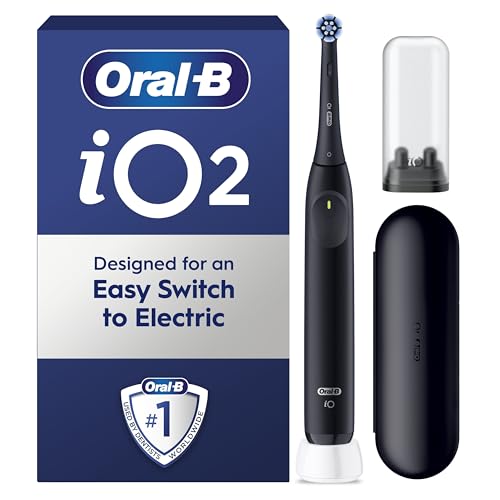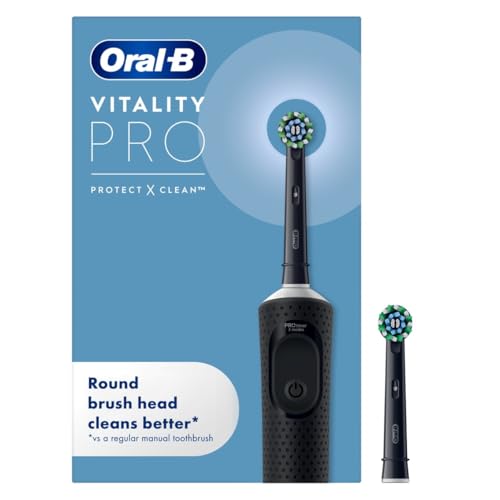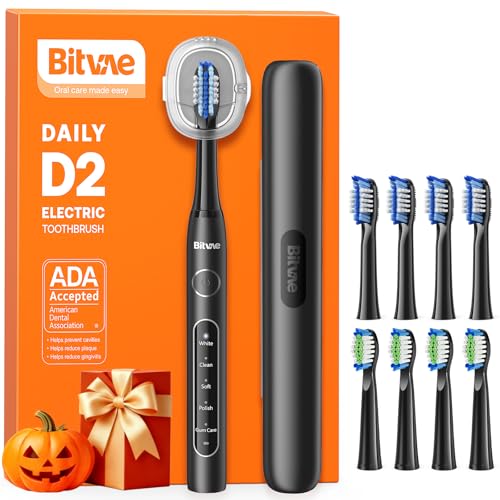Electric vs. Traditional Toothbrush Price Comparison
Brushing your teeth is an essential part of keeping your mouth and teeth healthy. With so many options available on the market, it can be challenging to know which type of toothbrush to choose. One of the most significant decisions you’ll need to make is whether to use an electric or traditional toothbrush. While electric toothbrushes have grown in popularity, many people still prefer the traditional toothbrush. One of the main factors that people consider when deciding which type of toothbrush to use is the price. In this article, we will compare the price of electric and traditional toothbrushes and help you determine which is the best choice for you.
Electric Toothbrush Price
Electric toothbrushes come in several varieties, including rotating, oscillating, and sonic models. The cost of an electric toothbrush typically ranges from $20 to $200. The price you pay will depend on the brand, features, and technology level. For example, an entry-level electric toothbrush from Oral-B or Colgate can cost between $20 and $40 and has a basic oscillating head. A more advanced model like the Sonicare DiamondClean can cost up to $200, featuring a range of advanced features such as multiple brushing modes, timers, and a UV sanitizer for brush head sterilization.
Traditional Toothbrush Price
Traditional toothbrushes are the more affordable option, and their price typically ranges from $1 to $5. These are simple brushes with soft or medium bristles and a plastic handle. Depending on the brand, you could purchase toothbrushes with fun colors or designs. Multi-packs of traditional toothbrushes are also available, with prices ranging from $5 to $15. If you want something a little more eco-friendly, you can purchase a bamboo toothbrush for about $3 to $5, but these may have a shorter lifespan than traditional plastic toothbrushes.
Cost-Saving Considerations
While traditional toothbrushes may seem like the obvious choice when it comes to affordability, there are a few other cost-saving factors to consider. For example, electric toothbrushes tend to last longer than traditional toothbrushes, which need to be replaced every two to three months. This means that you would need to buy about four traditional toothbrushes per year, whereas you could use one electric toothbrush handle for up to two years. Additionally, if you are someone who tends to develop gum sensitivity or other dental issues that require costly treatments, investing in an electric toothbrush could ultimately save you money in the long run by preventing these issues from developing in the first place.
When it comes to choosing between an electric and traditional toothbrush, the decision ultimately comes down to personal preference, budget, and dental health needs. If you are on a tight budget or prefer a simpler brushing experience, traditional toothbrushes might be the better choice for you. If you have gum sensitivity, require advanced cleaning features or are willing to invest in a more durable, eco-friendly option, an electric toothbrush could be the better choice for you.






